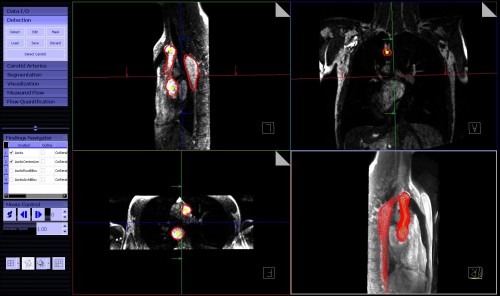Treatment of aortic coarctation consists of either surgical repair or angioplasty with stenting. Stenting is a minimally invasive alternative to surgery, however very little data are available on the real incidence of recurrent obstruction, aortic wall complications or blood pressure recordings. Despite the right indications to the stent placement (coarctation length/location/morphology/ distance from the subclavian artery, patient’s weight) are followed, recurrent obstructions due to intimal proliferation still occur. This seems to be related to the vascular health impairment due to the increase of the aortic stiffness in the stented section. Moreover, non-linear pre- and intra stent flow in some aortic arch morphology could be the cause of the stent-related pathology. The use of patient-specific computational fluid dynamic simulation could indicate if there is a correlation between morphology of the aortic arch and the related flow pattern with the recurrent obstruction. This information could support clinical decision making when choosing between surgery and stent placement.

